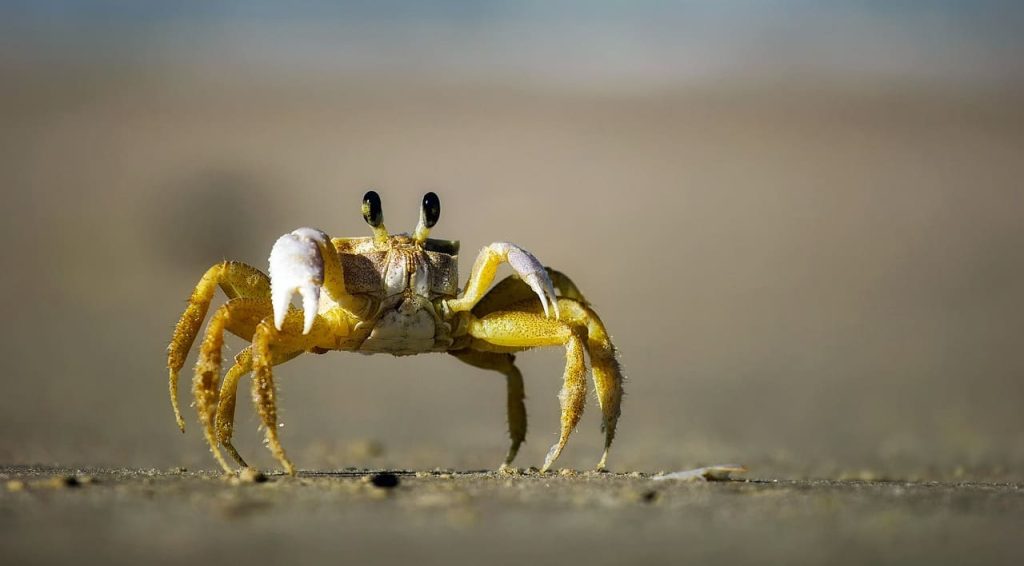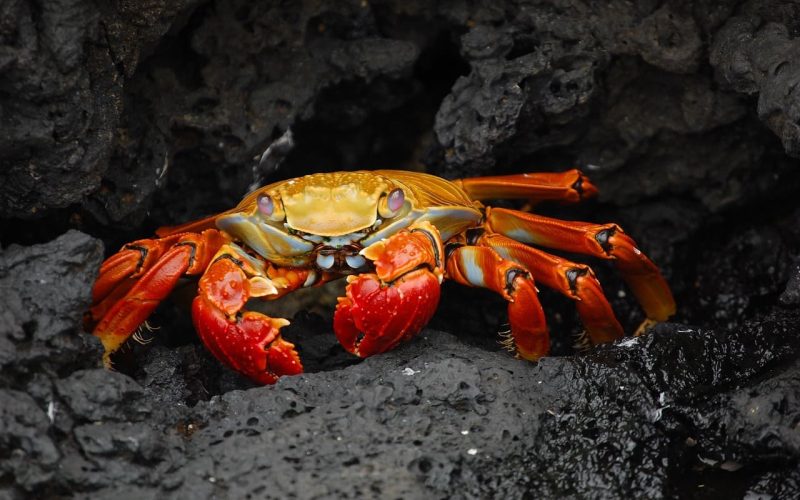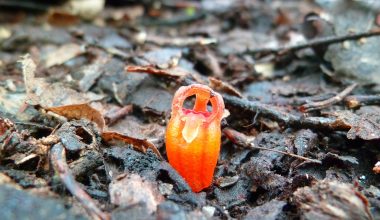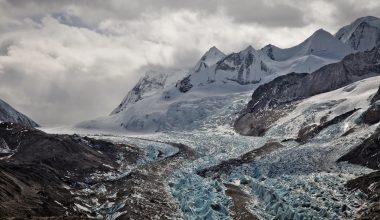The last few years have been bad ones for snow crabs in the Bering Sea. Between 2018 and 2021, the population has almost entirely collapsed, dropping by around 10 billion. The loss didn’t go unnoticed — the Alaskan Department of Fish and Game closed the 2022-2023 fishing season in an attempt to let the numbers recover. Snow crabs are in high demand since they’re delicious.

The fall in numbers, thought to be among the largest losses of its kind, prompted the Alaskan Department of Fish and Game (ADF&G) to close the 2022/23 fishing season in order to try and conserve and sustain stocks of the snow crabs, which are fished for food.
Rising temperatures in the ocean were believed to be, at least in part, to blame for the decline. As the name implies, snow crabs rely on the colder temperatures found in northern oceans. During the summer, young crabs mature in “cold pools” where melting ice lowers the temperature of the ocean floor to just above freezing. Higher temperatures can cause starvation events as well as disease in the crabs.
Another possibility is that types of crabs had moved to Russian waters, though there was not a corresponding increase in crab numbers there, or that recent surveys were poorly sampled. Looking into the decline though, a new team has found that a heatwave in the eastern Bering Sea during 2018 and 2019 may have led to a disaster, as the crabs were restricted in their range, triggering a starvation event.

The study, by researchers at the National Oceanic and Atmospheric Administration (NOAA), cited previous research that found the animals need significantly more food as the temperature increases, nearly doubling from 0-3°C (32-37.4°F). This is roughly the change snow crabs went through in the region from 2017-18. Coupled with a smaller range, thanks to cold pools reducing in size compared to other years, it likely ended in a mortality event.
“The unprecedented caloric demands, coupled with a small area from which to forage relative to historical grounds, suggest that starvation likely played a role in the disappearance of more than 10 billion snow crab, similar to the marine heatwave–related collapse of Pacific cod in the Gulf of Alaska in 2016,” the team explained in their study, adding that “the mortality event appears to be one of the largest reported losses of motile marine macrofauna to marine heatwaves globally.”
The team writes that the climate crisis is the next existential threat to fisheries, with the snow crabs’ disappearance providing a prime example of how quickly populations can change.
“The Bering Sea is on the frontlines of climate-driven ecosystem change,” they conclude, “and the problems currently faced in the Bering Sea foreshadow the problems that will need to be confronted globally”.
The study is published in Science.






